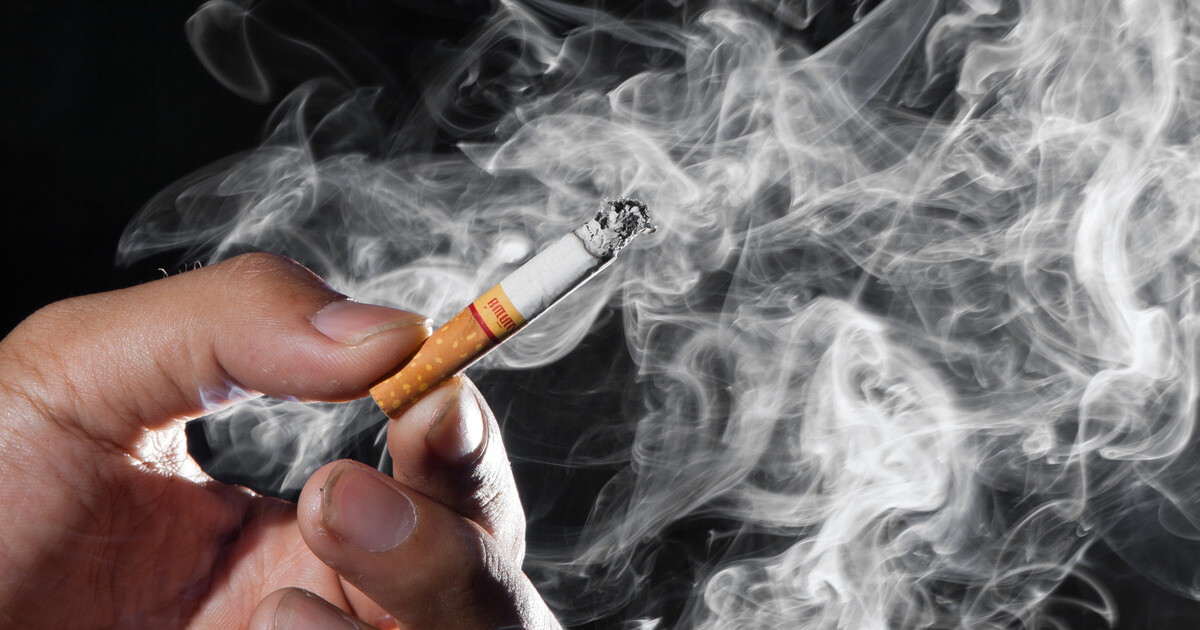How to Quit Smoking: Expert Advice, Proven Treatments, and Life-Changing Benefits

Discover science-backed strategies, expert tips, and the powerful health gains that come from breaking free of tobacco addiction.
Smoking is one of the most widespread addictions and, at the same time, one of the hardest to overcome. Every six seconds a person dies from tobacco-related diseases, and in the long-term one out of every two smokers dies from smoking-related illnesses. The WHO defines a smoker as anyone who has consumed at least one cigarette a day during the past month—highlighting the magnitude of the problem on a global scale.
Smoking not only harms the smoker but also those around them. Passive (second-hand) smokers are exposed to thousands of toxic substances and have a significantly higher risk of lung cancer (about +35%). Especially in enclosed spaces the effect is magnified—and children, who are more vulnerable, face increased risk of asthma attacks and respiratory infections. The impact is not only physical but also economic, representing a considerable financial burden for many individuals.
As science continues to identify more precise links between smoking and severe diseases—such as many cancers, cardiovascular conditions, and COPD—public concern grows. For example, quitting smoking is shown to reduce the risk of heart disease, lung disease and cancers, and can add up to 10 years of life expectancy. Awareness of these risks and of the economic and health-related costs reinforces the need to regard smoking as a major public health issue.
Tobacco dependence is not simply a matter of habit—it is a chronic disease, with long-term neuro-biological changes, high relapse rates and a need for specialized treatment. Nicotine dependence—present in cigarettes, pipes, e-cigarettes, heated tobacco and hookahs—is reinforced by additives (such as ammonia) that enhance absorption and compulsion. As many experts point out, this is far beyond a mere “lack of willpower”. It requires a coordinated approach: behavioral support, pharmacotherapy, and social reinforcement.
However, quitting is entirely possible. According to major sources:
- Within 20 minutes of quitting your heart rate drops. Within 48 hours your carbon monoxide level in blood drops and the risk of heart attack begins to fall.
- Within 1 to 9 months, lung function can increase by about 10%, coughs and wheezing decrease. At 1 year, your risk of coronary heart disease is about half that of someone who still smokes. Over 5 years, your risk of certain cancers (mouth, throat, esophagus) falls to about half that of a continuing smoker.
- Behavioral interventions in COPD patients show measurable gains in lung function and quality of life when quitting.
Relapse is common—but not failure. Many people who successfully quit have had multiple attempts. What matters is persistence, preparation, and a relapse-aware mindset. The best outcomes occur when quitting is supported by a multidisciplinary team: medical professionals, behavioral therapists, social support, pharmacotherapy, family and friends. Behavioral therapies like cognitive-behavioral therapy (CBT), motivational interviewing, and contingency management (incentives) have strong evidence in tobacco cessation.
Setting up for success – Expert-recommended steps
- Set a quit date and share it with family/friends to reinforce your commitment.
- Remove all tobacco products and associated objects (ashtrays, lighters) from your immediate environment.
- Clean your living space to eliminate tobacco odor—this helps reduce behavioral triggers.
- Use pharmacotherapy: according to Harvard experts, combining a long-acting NRT (patch) plus a short-acting NRT (gum/lozenge) is more effective than a single type.
- Be prepared for cravings and triggers: As the Mayo Clinic outlines, write down your triggers and coping strategies in advance; know that the urge will peak then pass.
- Engage in behavioral support: counselling, support groups, one-on-one therapy. Behavior-change interventions significantly improve success rates.
- Replace the routine of smoking with healthier actions: drink water through a straw, chew sugar-free gum, keep your hands busy, engage in short walking/relaxation.
- Exercise and relaxation techniques help manage anxiety and stress associated with nicotine withdrawal.
- If a relapse occurs, avoid excessive self-blame. Relapse is common. Use it as a learning opportunity: identify triggers, adjust strategy, and recommit.
- Continue to monitor & support: ongoing follow-up, family/social support, and adjustment of treatment is crucial to long-term abstinence.
Deciding to quit smoking is already a major step toward a healthier, lower-risk life. With the right combination of medication, behavioral support, triggers management and social reinforcement, the goal of quitting becomes achievable—and the benefits both immediate and long-term are substantial. Relapse does not mean defeat—it means you’re in the process of a chronic disease recovery, requiring adjustment and persistence. With preparation and support, you can progress at your own pace and work toward lasting freedom from tobacco dependence.

